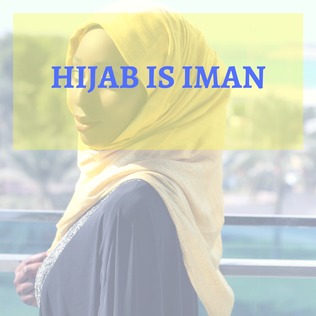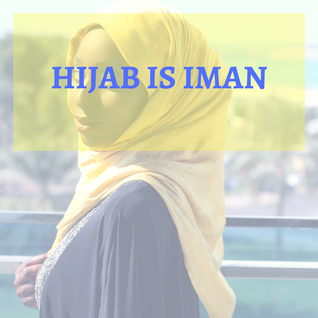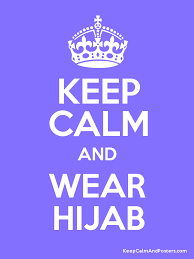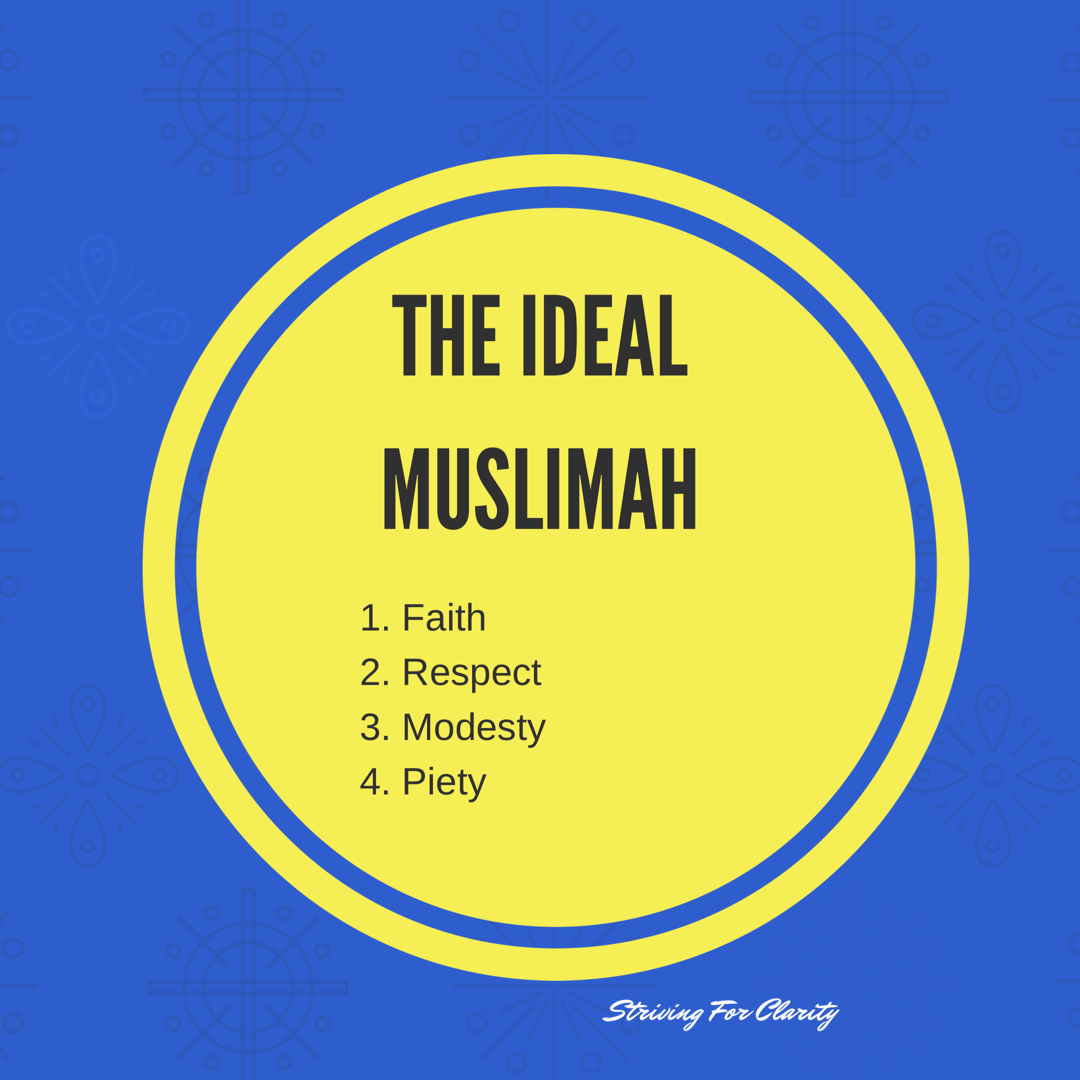|
This "Micro-Series" is written by an SFC Guest Contributor, Khi'dah Nayar  The first definition for Hijab is a literal translation-“something that covers and conceals completely.” or “To hide oneself from view” - the fabric must be thick enough so as not to show the color of the skin or shape of the body. The second definition is based on Islamic jurisprudence (the science or philosophy of law), an interpretation translated from Sharia; “To cover, conceal or hide oneself from view of those with whom marriage is or may be permissible.” All schools of Islamic jurisprudence agree: “veiling the face is part of hijab.” Other references to hijab: Hijab bi al-buyut – observing hijab by staying in the home. Abaya – a loose robe worn by Muslim women that covers the entire body from head to toe. Jilbab - an outer sheet which hides the body completely, a Muslim woman wraps it around herself on top of other garments to cover her body. Satr - a portion of the body (private parts) which the Shari’a requires to be covered and which may not be exposed to others (to uncover satr for medical treatment, certain restrictions apply). Nafs - The (lower) self that is the source of base (immoral) desires. The rule of modesty applies to both men and women. “O mankind! Fear your Guardian Lord, who created you from a single Person, created,out of it, His mate, and from them twain scattered (like seeds) countless men and women; Fear Allah, through whom ye demand your mutual (rights) and be heedful of the wombs (that bore you): for Allah ever watches over you.” Qur'an 4: 1;34 Hijab is protection for women against pornography, rape and sexual molestation (in some countries). It serves as a barrier to restrict ill-natured men from aggressive sexual behavior. It is the religious duty of men to practice modesty, morality and to respect a woman’s privacy. It is the religious duty of women to demonstrate dignity, observe practices of morality and dress modestly. Modest behavior means avoiding public displays of sexual attractiveness to draw attention from the opposite sex. Women do this by being flirtatious, wearing transparent garments or clothing that displays a woman’s shape, including wearing short sleeves, low cut (short) dresses (exposing the bosom & legs), being undressed (i.e., in underwear, bathing suits) and naked.
Stay tuned for the next part of this Micro-Series.
1 Comment
This "Micro-Series" is written by an SFC Guest Contributor, Khi'dah Nayar  Al-Hayaa + Hijab = Iman Al-Haya is an expression of shyness, a natural and conscious inclination to practice restraint before Allah(SWT). It causes us to feel a sense of guilt or shame before committing a sin. An example of shyness is not initiating conversations, participating in vain talk, touching or shaking hands, or allowing ourselves to be touched by men, even though they may be acquaintances, neighbors or distant male relatives. And say to the believing women that they should lower their gaze and guard their modesty; that they should not display their beauty and ornaments except what (must ordinarily) appear thereof; that they should draw their veils over their bosoms and not display their beauty except to their husbands, their fathers, their husband's fathers, their sons, their husbands' sons, their brothers or their brothers' sons, or their sisters' sons, or their women, or the slaves whom their right hands possess, or male servants free of physical needs, or small children who have no sense of the shame of sex; and that they should not strike their feet in order to draw attention to their hidden ornaments. And O ye Believers! turn ye all together towards Allah, that ye may attain Bliss." Qur'an 24:31 When we become parents, our obligation as Muslims is to nurture the minds and souls of our children. With the help and mercy of Allah (SWT), we are entrusted with their care. We must prepare them for school by teaching them how to socialize with others. Throughout their lives we teach them appropriate manners, morals and etiquette as practiced in Islam. We cover their heads, dress them modestly and give them the benefit of understanding the importance of al-haya (shyness) and the virtue of hijab. And most importantly we teach them the reason why . . .”Because we are Muslim.” To Understand Why Muslim Women Cover (or Veil), we must study the Holy Qur’an. Allah(SWT) commanded Muslim women to cover (head to toe) so that people are able to distinguish them as upright citizens from pious and respectable families. No one will stand in their way, follow them or make sexual advances toward them, due to their higher social status. The heart of a Muslim woman cannot be corrupt. Islam restored full rights of women to lead noble and productive lives in a civilized and ethical system Stay tuned for the next part of this Micro-Series.
|
IntroductionThe "Ideal Muslimah" section of Striving For Clarity provides an array of articles, micro-series and short tidbits geared towards highlighting the important characteristics of a Muslim woman. Archives
March 2022
Categories
All
|


 RSS Feed
RSS Feed